The island of Terceira, one of the main entry points to the Azores, together with the islands of Graciosa, São Jorge, Pico and Faial, forms the central group of the archipelago.
As its name implies, this was the third island of the archipelago to be discovered, although at first it was called the Island of Jesus Cristo. It began to be populated in the 15th century, and has developed steadily since then, largely due to its geographical location.
But what makes Terceira so special is the magnificent contrast between the natural beauty of this volcanic island and the admirable work of man in the historic centre of Angra do Heroísmo, its capital, founded in 1534, and the first place in the Azores to be made a city and to be classified World Heritage by UNESCO. Indeed, the title "Most Noble, Loyal and Ever Constant" attributed to the city emphasises its importance throughout the history of Portugal. The bay of Angra gained great importance not only as an internal trading post for regional products produced on the other islands, but also for its even greater prominence as an intercontinental staging post for ships sailing between Europe, the Americas and India.
Seen from Alto da Memória or the viewpoint on Monte Brasil, the historic centre of Angra do Heroísmo is a testimony to the kings and noblemen who passed by here, leaving behind some beautiful architecture in its network of streets and alleyways, and its churches, palaces, mansions, monuments, squares and gardens, which have been preserved until the present day.
Visits must be made to the forts of São Sebastião and São João Baptista, unique examples of military architecture dating back more than 400 years, the 16th century Cathedral, considered the largest church in the archipelago, the Palace of the Captains-General, the Town Hall, the Church of São Gonçalo, the Bettencourt Palace, the Angra Museum, located in the former S. Francisco monastery, and the Duke of Terceira Garden, with many well-tended species, among other monuments.
The island of Terceira, one of the main entry points to the Azores, together with the islands of Graciosa, São Jorge, Pico and Faial, forms the central group of the archipelago.
As its name implies, this was the third island of the archipelago to be discovered, although at first it was called the Island of Jesus Cristo. It began to be populated in the 15th century, and has developed steadily since then, largely due to its geographical location.
But what makes Terceira so special is the magnificent contrast between the natural beauty of this volcanic island and the admirable work of man in the historic centre of Angra do Heroísmo, its capital, founded in 1534, and the first place in the Azores to be made a city and to be classified World Heritage by UNESCO. Indeed, the title "Most Noble, Loyal and Ever Constant" attributed to the city emphasises its importance throughout the history of Portugal. The bay of Angra gained great importance not only as an internal trading post for regional products produced on the other islands, but also for its even greater prominence as an intercontinental staging post for ships sailing between Europe, the Americas and India.
Seen from Alto da Memória or the viewpoint on Monte Brasil, the historic centre of Angra do Heroísmo is a testimony to the kings and noblemen who passed by here, leaving behind some beautiful architecture in its network of streets and alleyways, and its churches, palaces, mansions, monuments, squares and gardens, which have been preserved until the present day.
Visits must be made to the forts of São Sebastião and São João Baptista, unique examples of military architecture dating back more than 400 years, the 16th century Cathedral, considered the largest church in the archipelago, the Palace of the Captains-General, the Town Hall, the Church of São Gonçalo, the Bettencourt Palace, the Angra Museum, located in the former S. Francisco monastery, and the Duke of Terceira Garden, with many well-tended species, among other monuments.
From Angra you can explore the island’s coastline. It’s worth going by car to Praia da Vitória, with its backdrop of the Cabras Islets, via the Bay of Salga and the beaches of black sand surrounded by cliffs, like Porto Novo. In Praia da Vitória, there is a broad, sheltered sandy beach that is one of the nicest beaches in the Azores. The richness of the city’s architectural heritage is concentrated mainly in the Church and in the Fort of Santa Catarina, one of many that were built to defend the Praia bay. Mention must be made to the home of the writer Vitorino Nemésio, who constantly evoked the archipelago where he was born in his writings. From the panoramic viewpoint of Riviera, on the tip of the Cape, there is a great view over the town and the coastline.
Continuing around the island on the coast road, you can visit Agualva with its river and watermills, Biscoitos, an area which produces the famous Verdelho Wine, where you can visit the Wine Museum and the natural pools of the bathing area such as at Ponta do Queimado. You next pass through the Mata da Serreta, a forested park with lush vegetation and an excellent view over the sea and Doze Ribeiras, a popular bathing area near the city of Angra do Heroísmo.
On the Doze Ribeiras road, you have access to the island’s highest point, the Serra de Santa Bárbara, at 1,021m above sea level, from where there is a spectacular view not only over much of the island's southern coast, but also to the beautiful Caldeira de Santa Bárbara, classified, for its botanical, scientific and scenic value, as a Natural Forest Reserve.
Often referred to as the festive island, Terceira is home throughout the year to a rich calendar of religious and traditional celebrations, as well as various associations and cultural institutions, theatre groups and places for temporary or permanent exhibitions that contribute to the promotion of the island’s culture.
For all these reasons, we hope that you don’t visit this island only on your third, «Terceira», visit to the Azores.
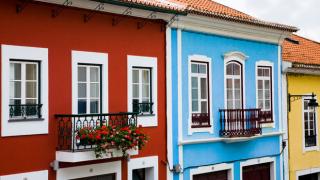


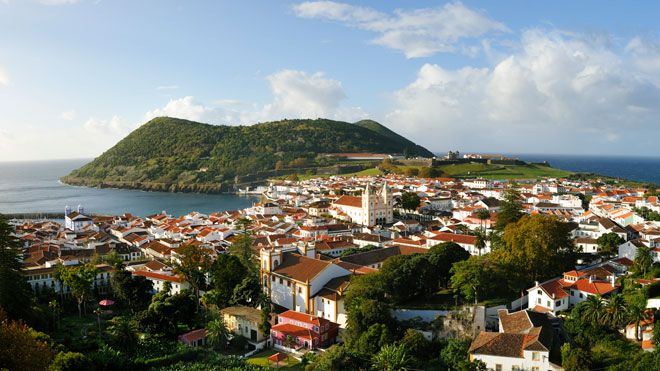





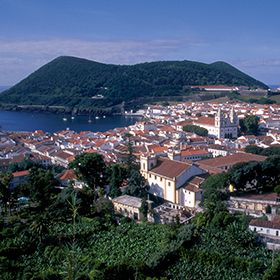
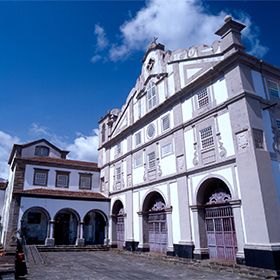

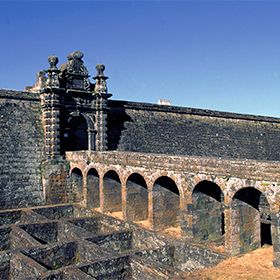
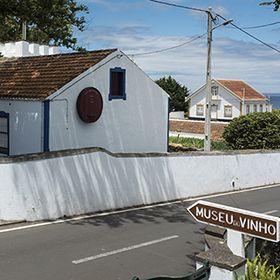
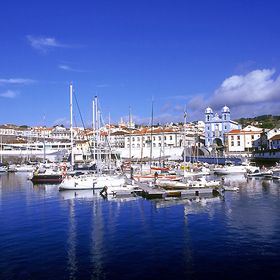

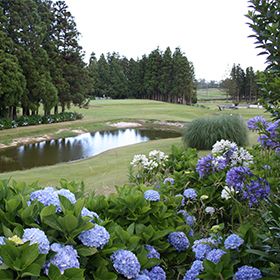
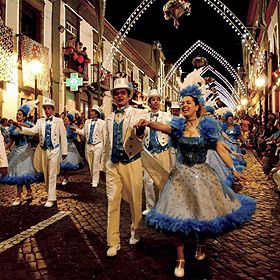

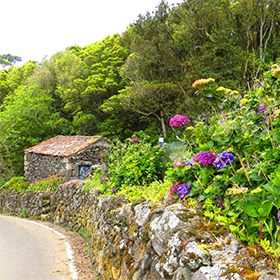


 Explore
Explore 
 Remember and Share
Remember and Share 


